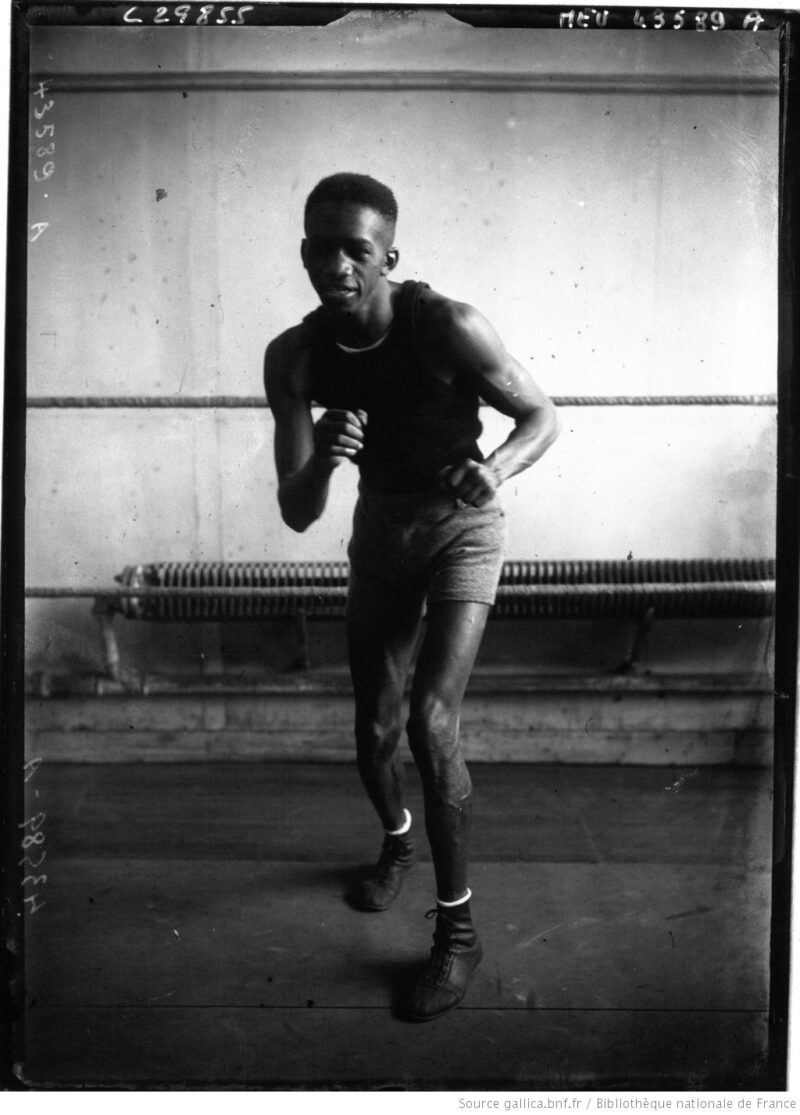
This article was originally published in February 2022 as part of a project to celebrate the legacy and valuable contribution of Afro-Latino athletes for Black History Month. Today, we repost it following the same purpose.
It was a cold April morning in New York City. Two policemen were making their rounds when on 42nd Street, in Times Square, they found a penniless man who had feinted on the sidewalk whom they thought was drunk, but was instead on the brink of death. That subject, the victim of a hypothermic attack was one of the best boxers in history: Alfonso Teófilo Brown, better known as ‘Panama Al’ Brown. One more figure that we present to you during Black History Month.
Alfonso Brown knew poverty since he was born and misery as he died. He was the first Latino boxing world champion, he was also black and proudly homosexual, reasons for which most of his life he was discriminated against in America, but accepted in Europe.
Panama Al Brown was born in 1902, in the province of Colón, Panama. He learned the English language from his father, Horacio Brown, who was a slave in Nashville, Tennessee, before being freed in 1865. He also spoke French, since his mother, Esther Lashley, was originally from Martinique.
As a youngster, he was a worker in a company on the Panama Canal where he earned enough to eat. There he learned about boxing, witnessing improvised fights organized by American soldiers. He began to train, and learned what was necessary to excel as an amateur.
On March 19, 1922 he had his first fight as a professional, when he beat José Moreno on points. He continued to develop his boxing skills and in 1923 moved to New York. Thin as a toothpick and very dark skinned, he made his way through the world with mostly his fists.
Paris dazzled Al Brown
His career was on the rise. Panama Al was for a while an invincible, atypical bantamweight (5’10” and 115 lbs.) who was a powerful intimidating puncher. In the United States, no one wanted to face him because of his reputation for withstanding punches and his knockout power, so in 1926 with a record of 40-5-4 and 17 KOs, he went to Paris, France.
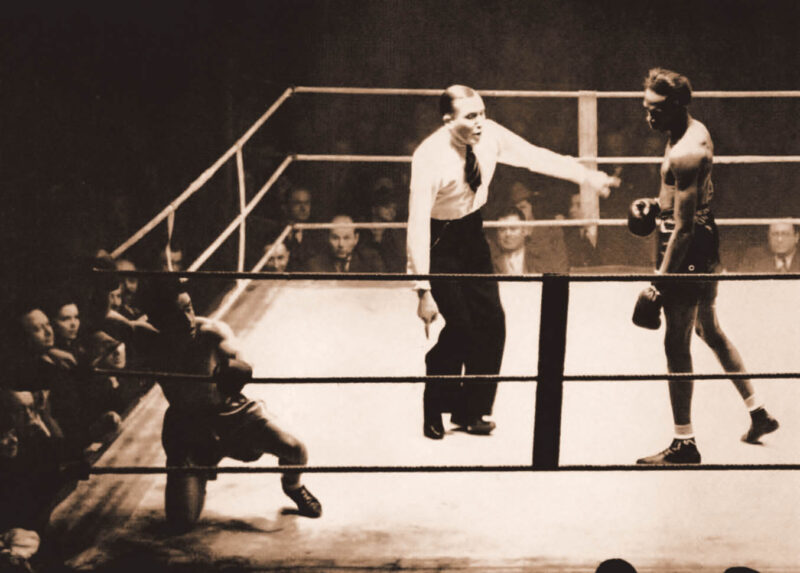
Paris opened his eyes to another world where he was not rejected due to his sexual preferences. There the bohemian nights were endless, and he was captivated by the world of gambling and cabaret life. In addition, he fell in love with the “city of light” and found love in the arms of the French poet, writer and filmmaker Jean Cocteau. While in Paris, he also joined Josephine Baker’s La Revue Negre as a tap dancer.
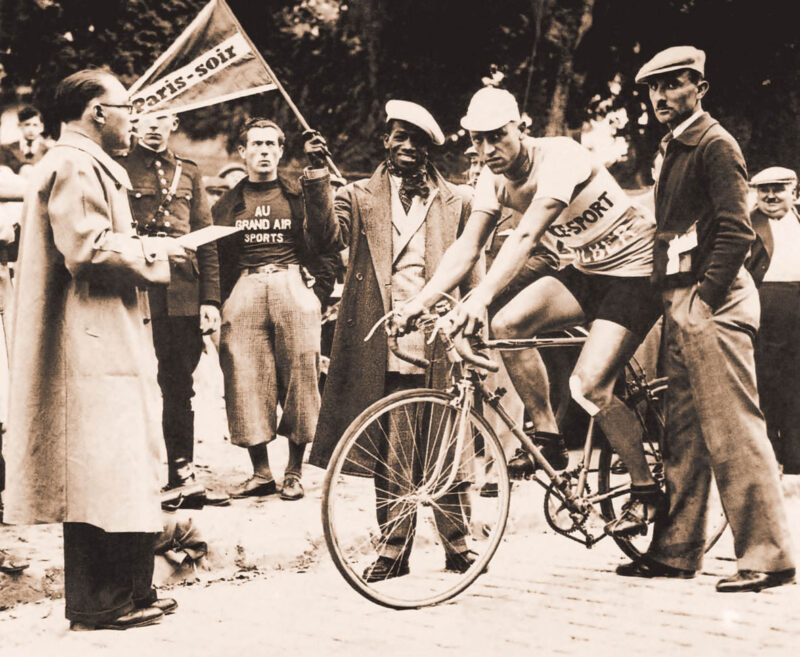
The first Latin American champion
Al Brown returned to the United States and on June 18, 1929, was given the opportunity to fight against the Spaniard Gregorio Vidal for the world bantamweight title of the New York State Athletic Commission (NYSAC). “Panama” dropped Vidal three times in round 13, and at the end of 15 rounds, the judges awarded him the victory by unanimous decision. Alfonso Teófilo thus became the first Latin American world boxing champion in history.
In 1930, he was once again back in his beloved Paris, but the abuse of his managers together with his constant revelries with singer Edith Piaf and famous painter Pablo Picasso, among other luminaries of the time, had him soon incurring large debts, even though he fought every 15 days.
“Every night I ‘tap dance’ at the Caprice Viennois on Pigalle Street. I amuse those revelers who once considered me one of them, requested my company, begged for a show of interest. I feel no pity or shame. I am a broken man,” said Brown in an interview later in life.
Brown tried his hand as an entrepreneur by opening his own cabaret with the support of Jean Cocteau, who eventually left him after finding a new love in actor Jean Marais. Without Cocteau’s support, his venture was unsuccessful and he fell into financial ruin. Paris and it’s bright lights, forgot about the “champion.”
He once again tried to take refuge in New York, where he began fighting for pennies. He fought much younger unknown boxers at one dollar for each round that he wasn’t knocked down.
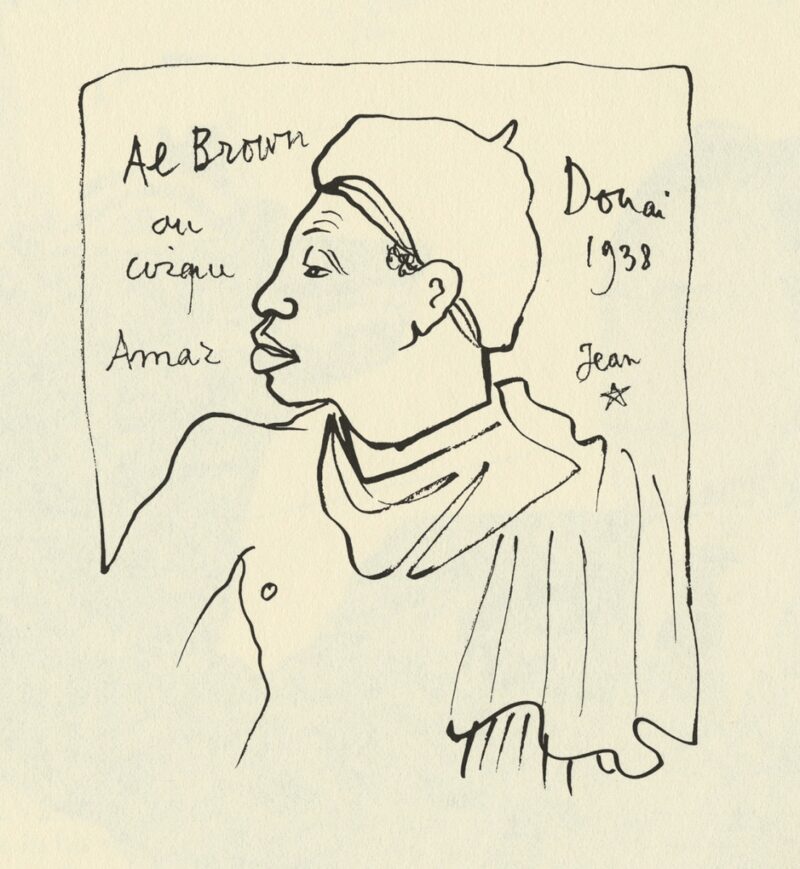
Al Brown’s retirement and death
He retired in 1942, when he was 40 years old. He amassed an impressive record of 129 wins (59 by knockout), 19 losses, and 12 draws in a 20 year career. Gravely ill and destitute, he was found by those two policemen, taken to the precinct station and then after realizing that he was not drunk or on drugs but instead on the brink of death, he was eventually taken to Sea View Hospital. He passed away due to complications from syphilis and tuberculosis at that hospital on April 11, 1951. Shortly before his death unbeknownst to him, a newspaper in Paris had already started organizing a fund drive to pay for his trip back home.
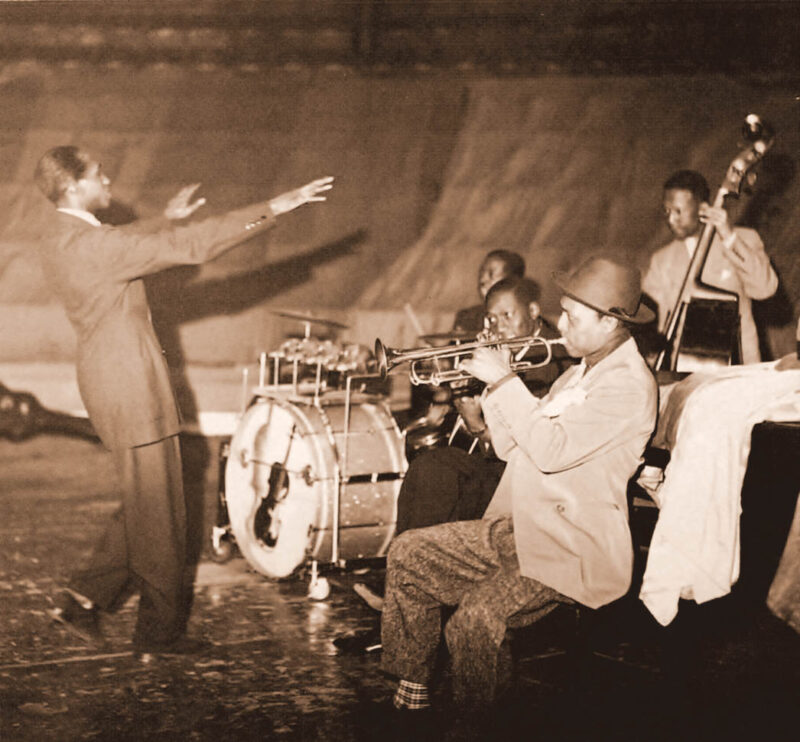
It is said that the boxer’s body was initially claimed by some of his New York acquaintances, who went on a tour of the seedy bars that the boxer frequented, in order to raise money for his burial. In the end, they abandoned Brown’s body on the street, near the same hospital where he died.
At the end in the United States, nobody requested the remains of ‘Panama’ Al Brown, the first Latino world boxing champion, a future member of the International Boxing Hall of Fame, a legend who had it all and equally lost it all. In France, that fund drive ended upon word of his death. According to Eduardo Arroyo, Brown’s biographer, a group of people in Panama requested the repatriation of Al Brown, who was buried in tomb No. 3165, in Amador Cemetery, in the El Chorrillo section of Panama City, where he finally rests among ex-Panamanian presidents and notables.
La entrada Panama Al Brown was the first Latin American world boxing champ se publicó primero en UNANIMO Deportes.




